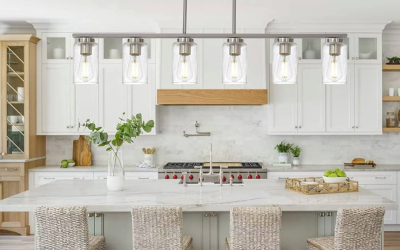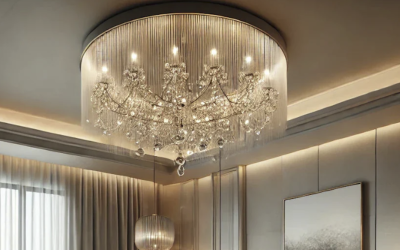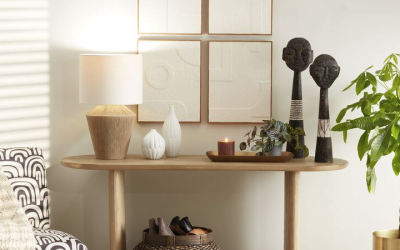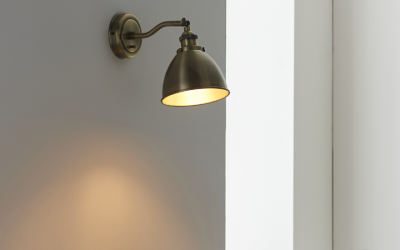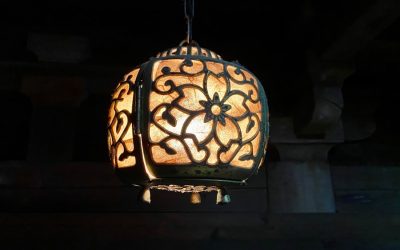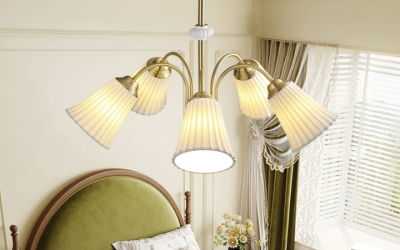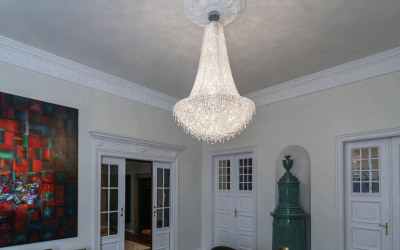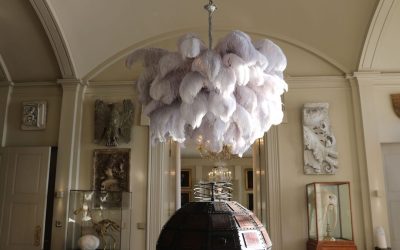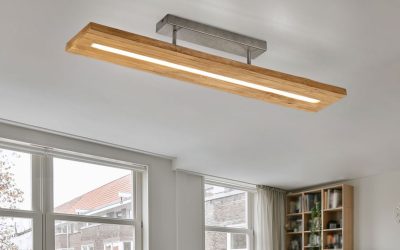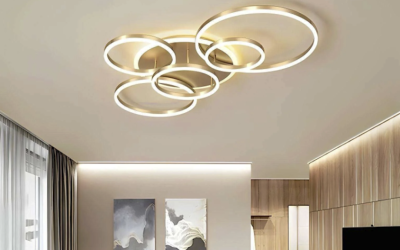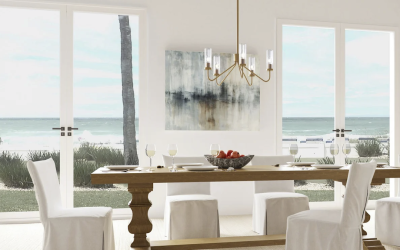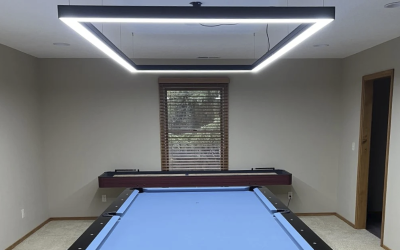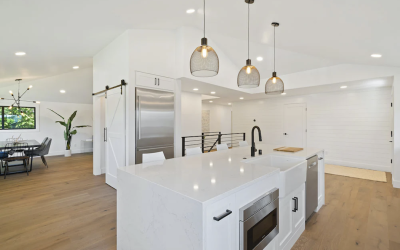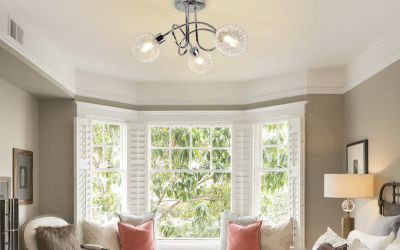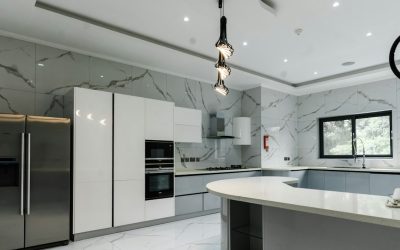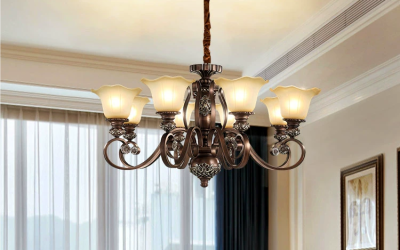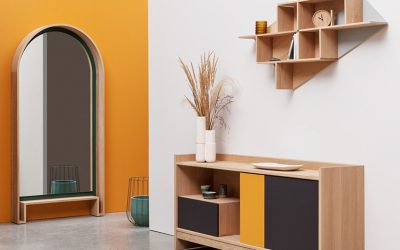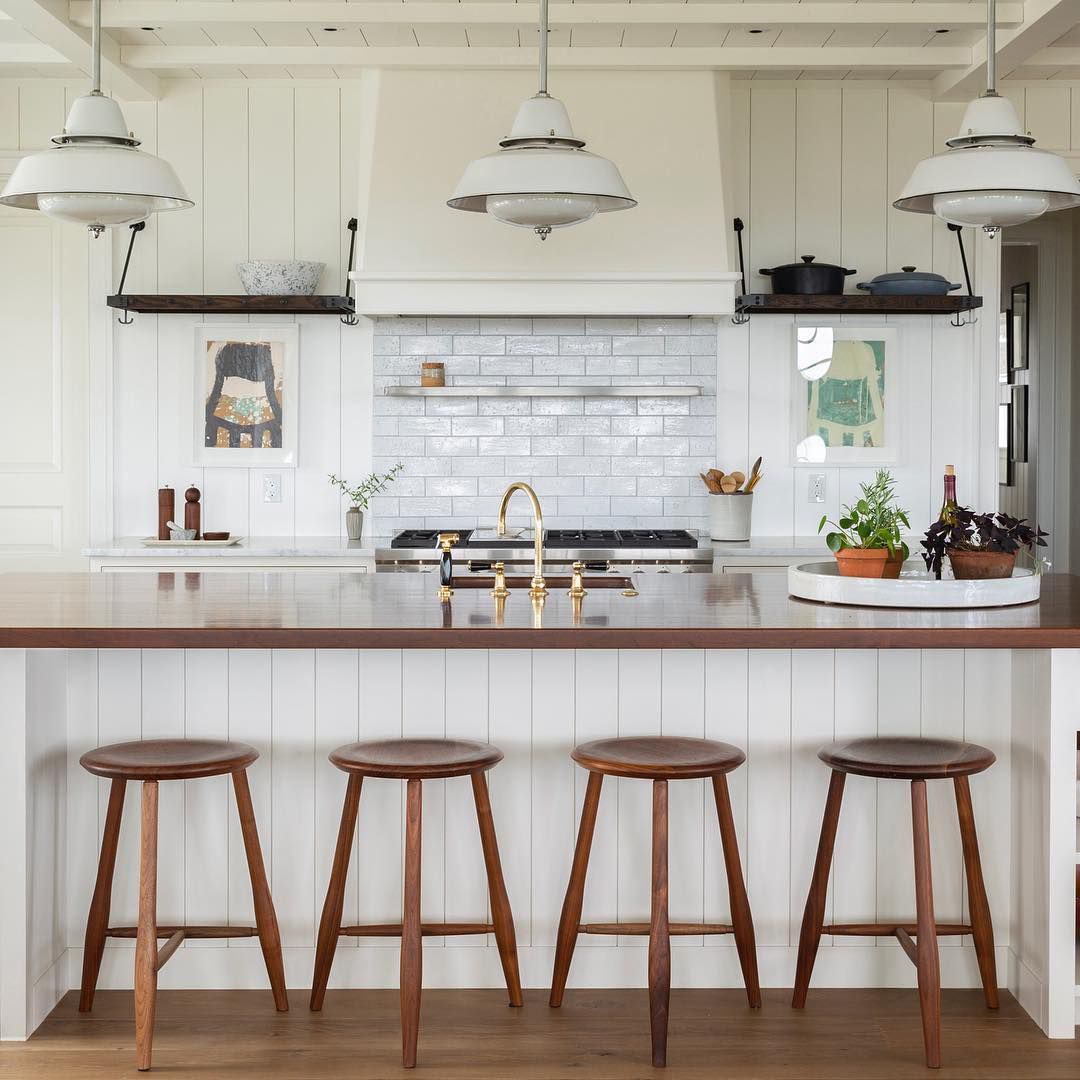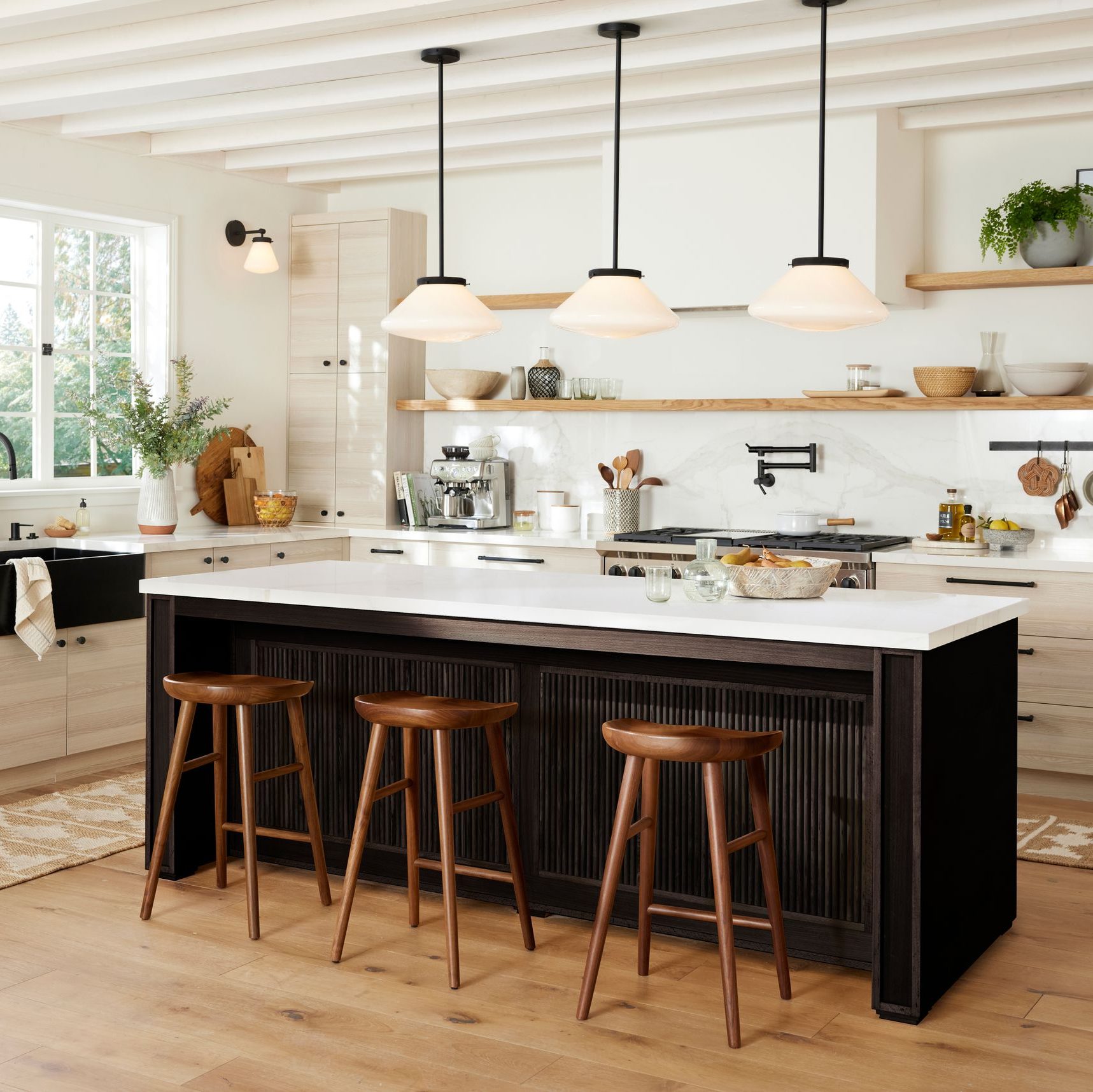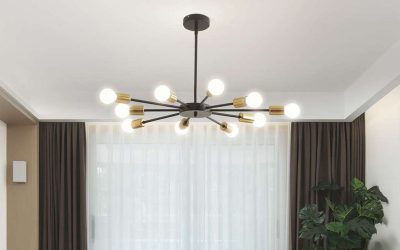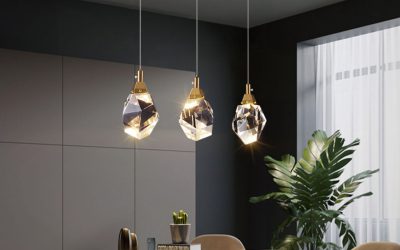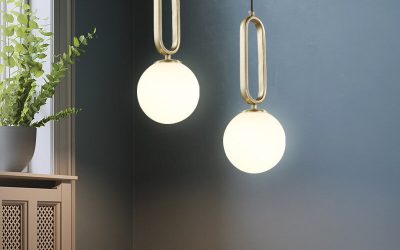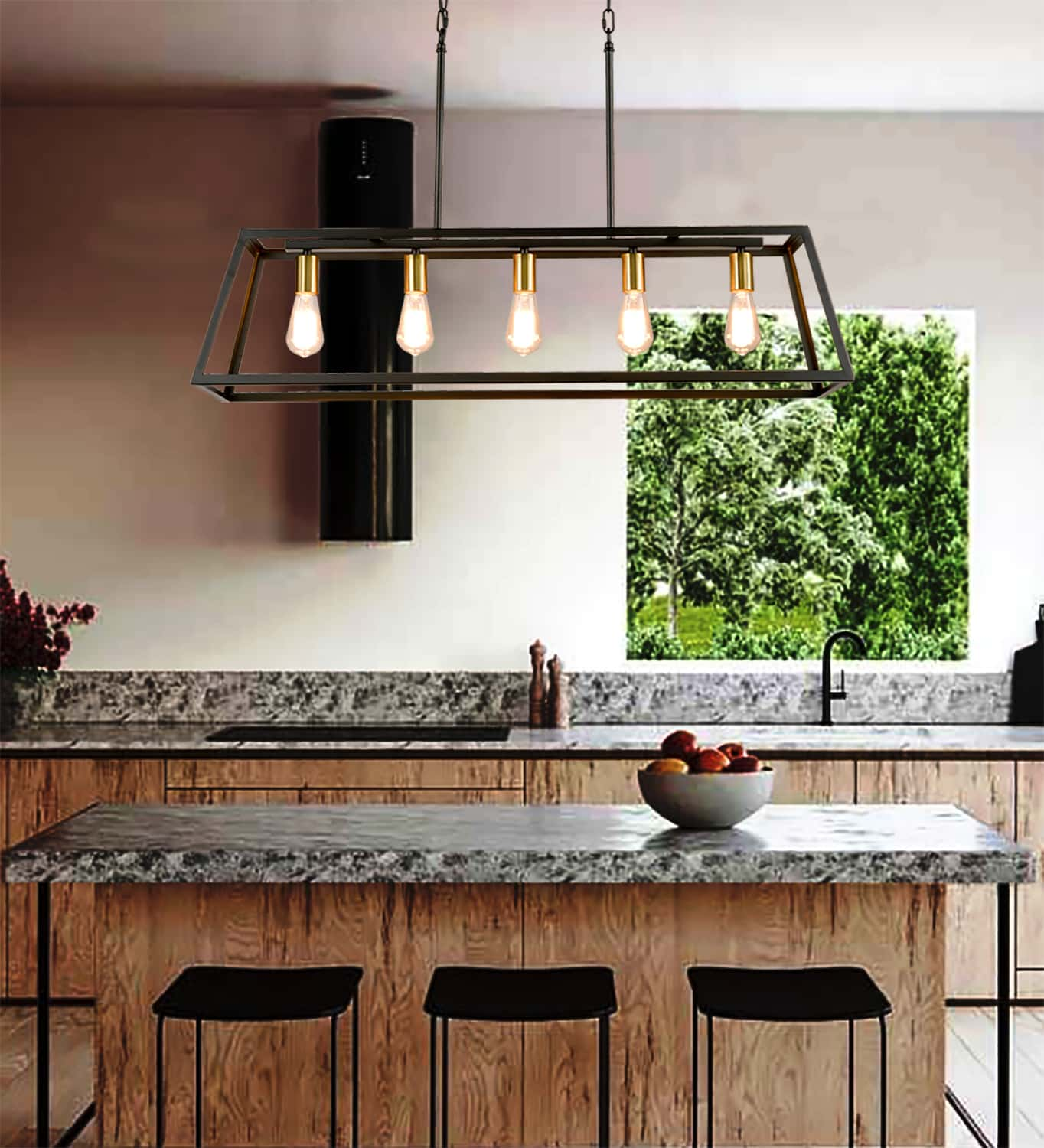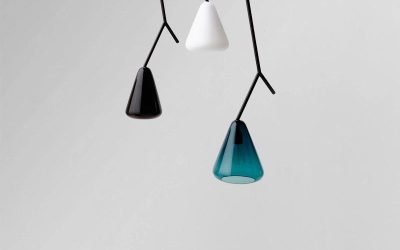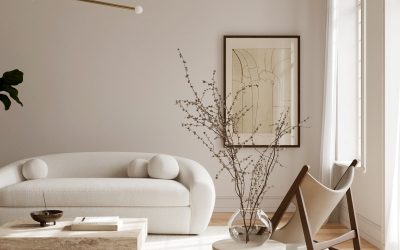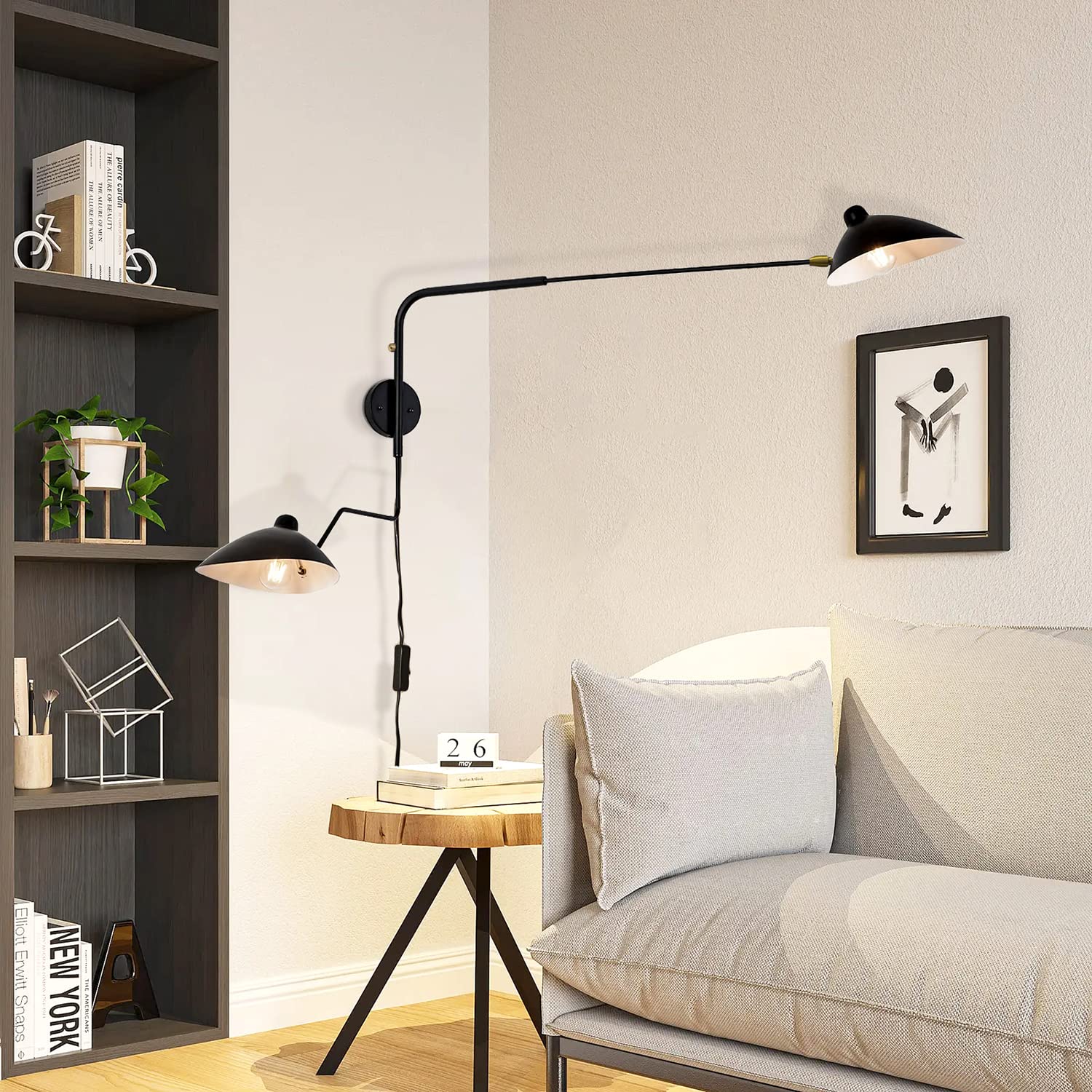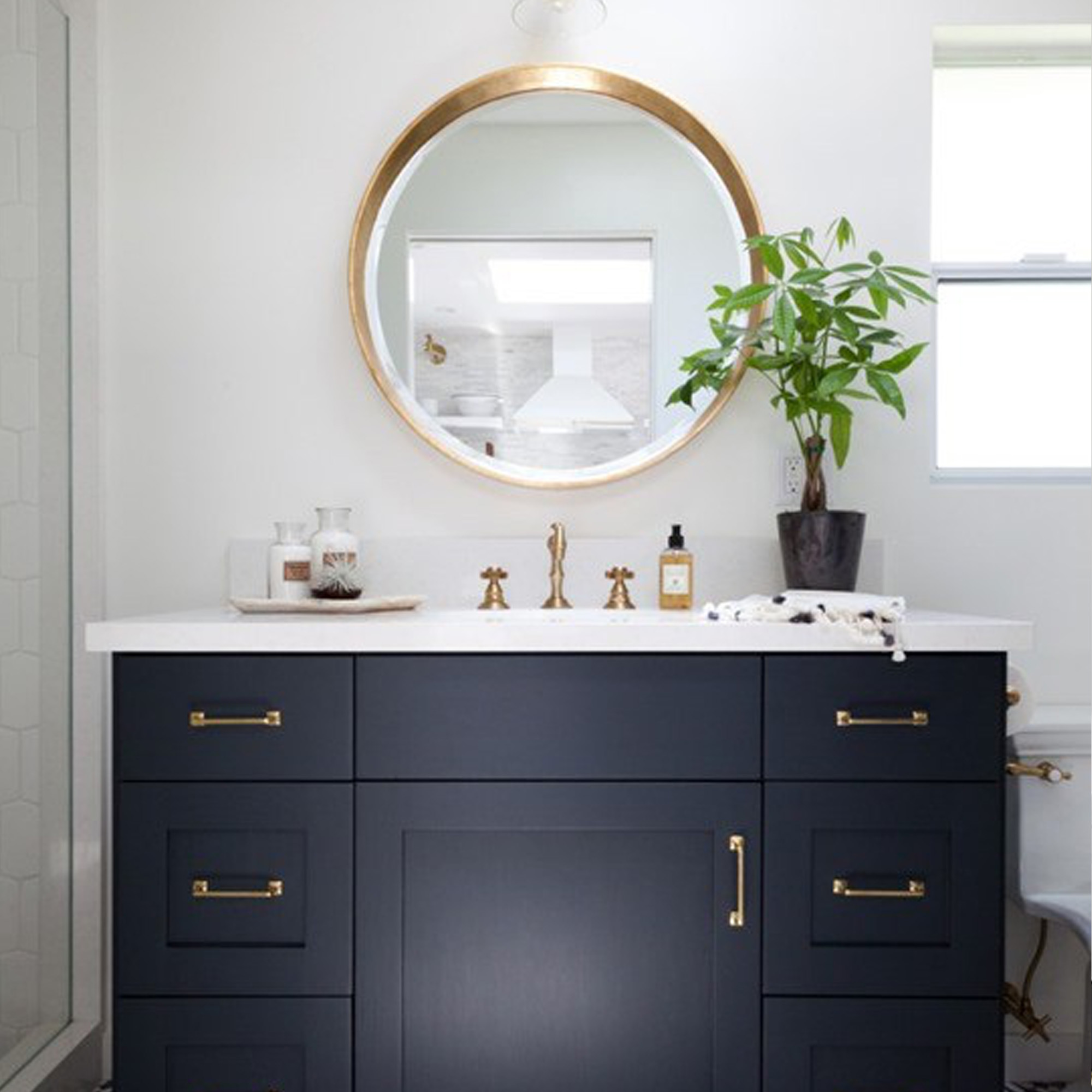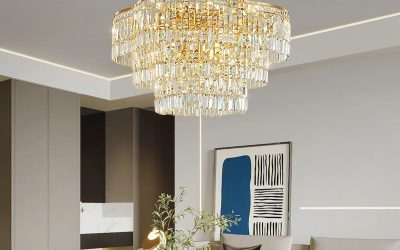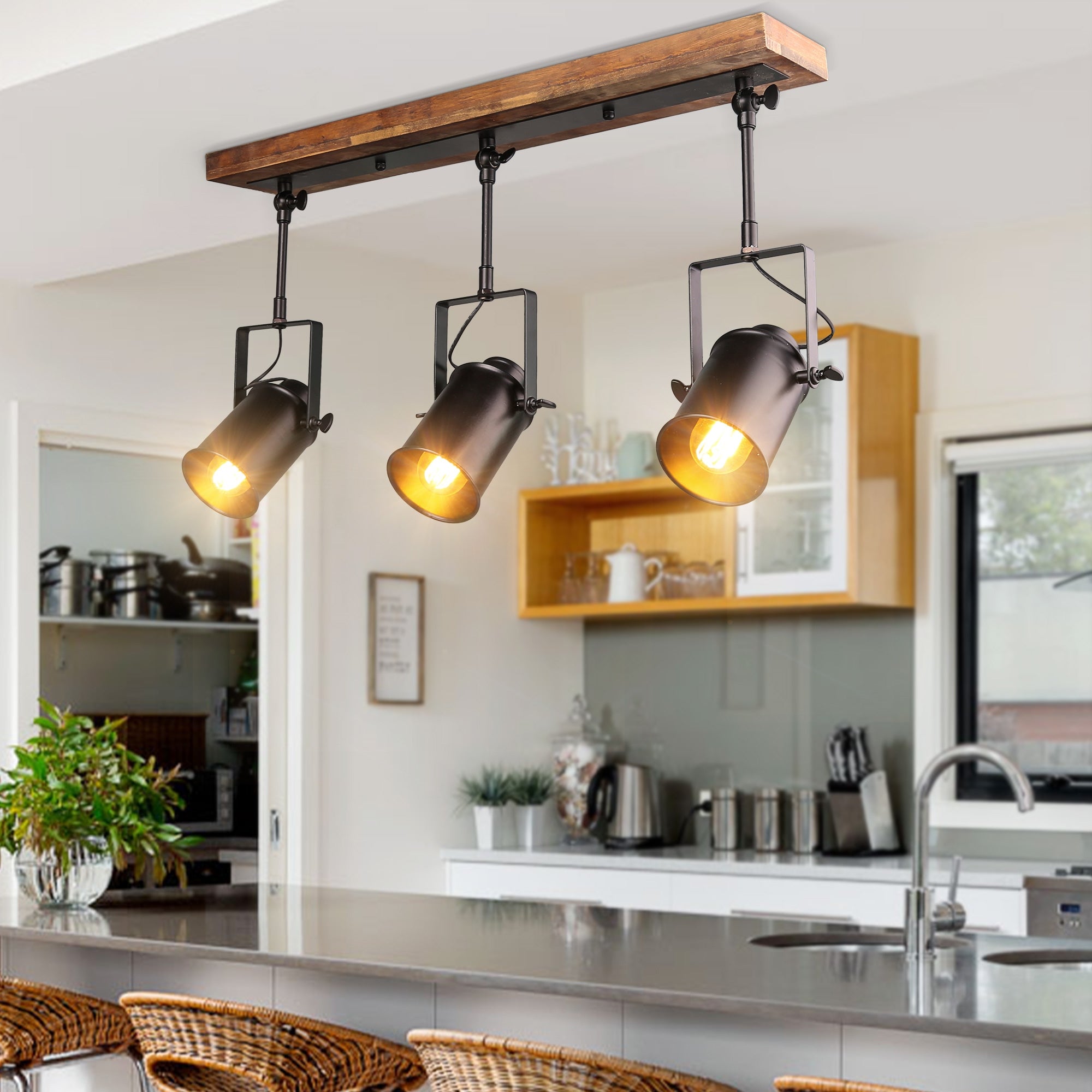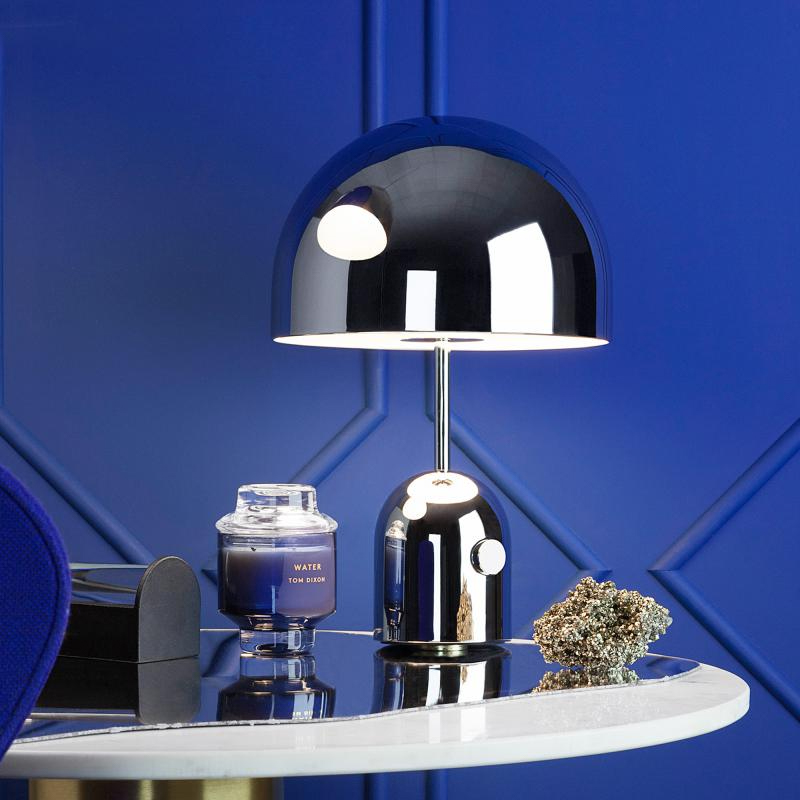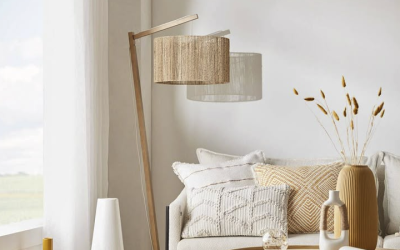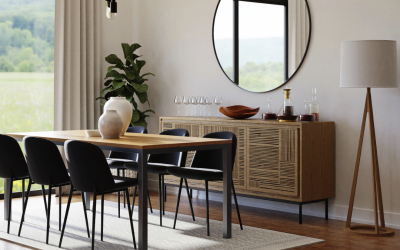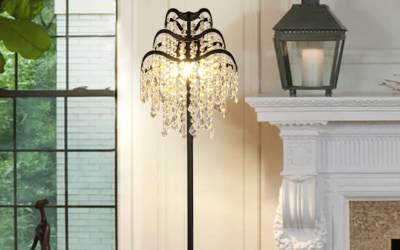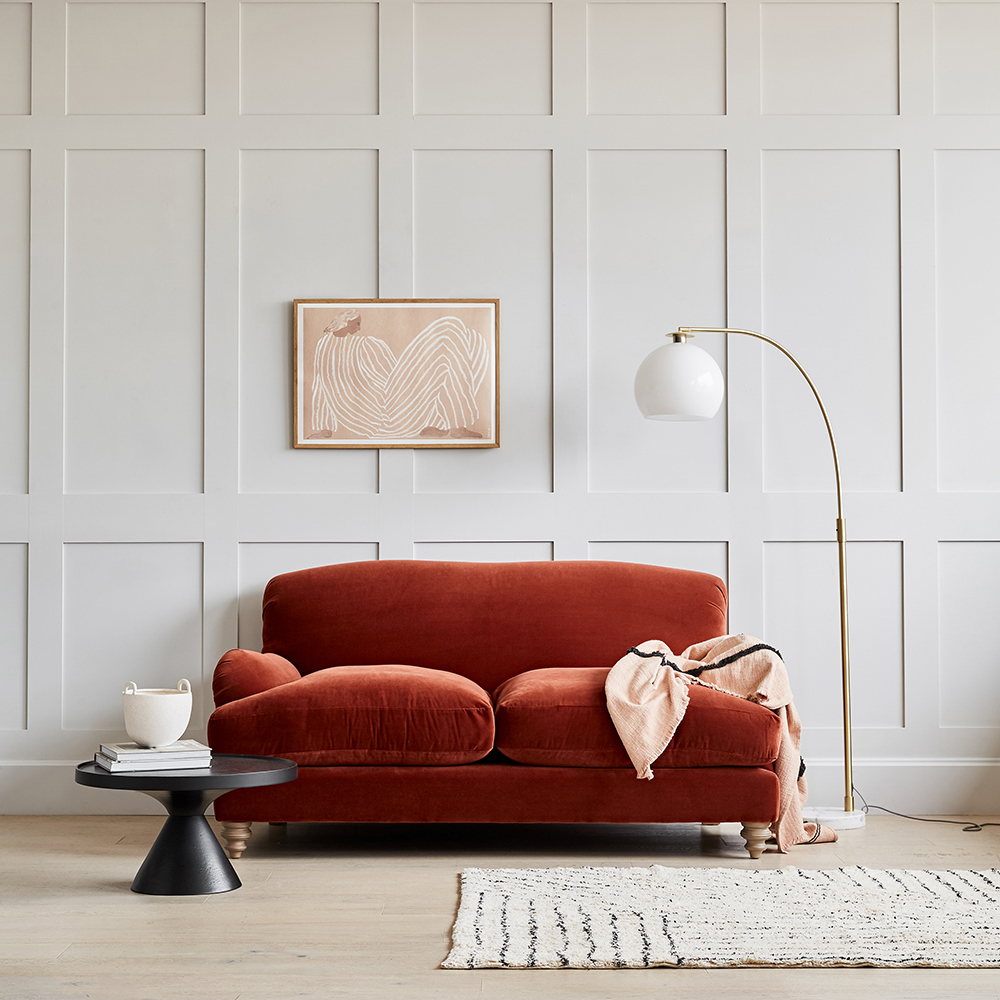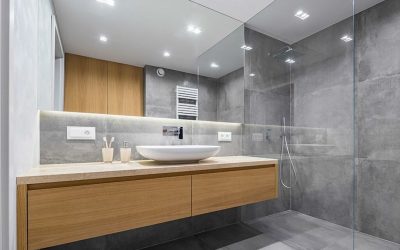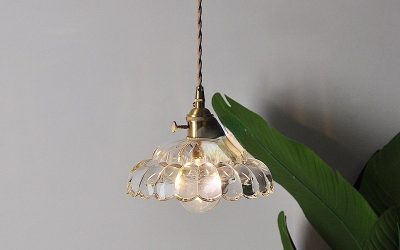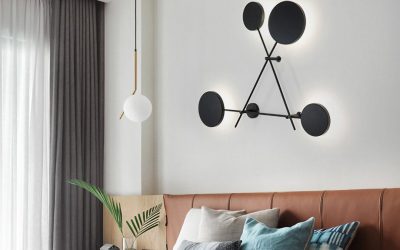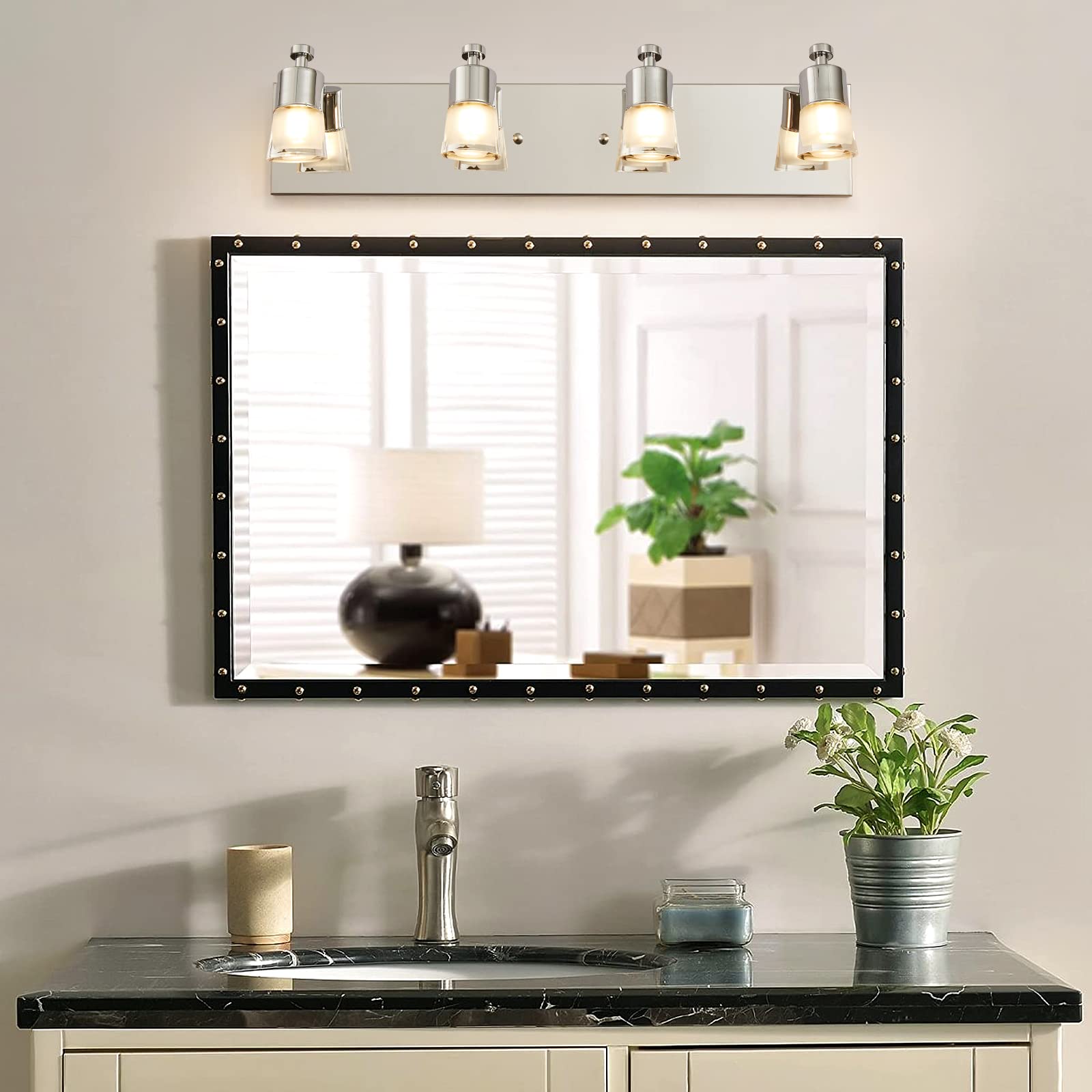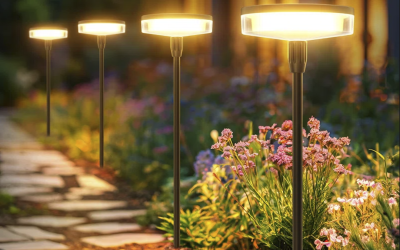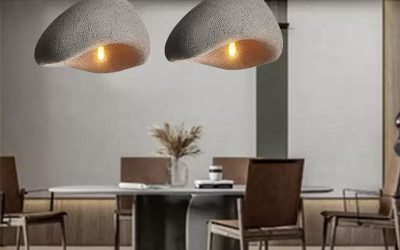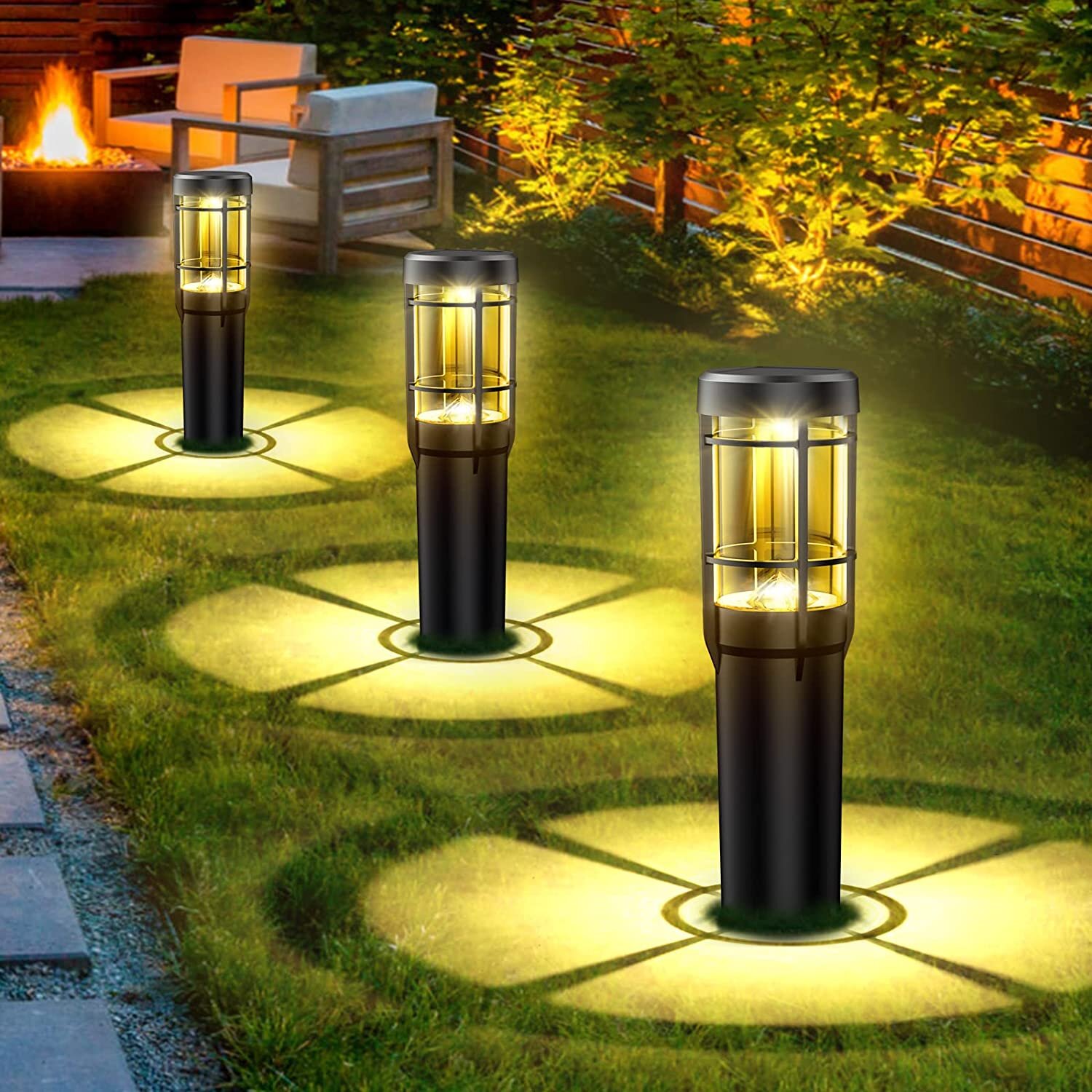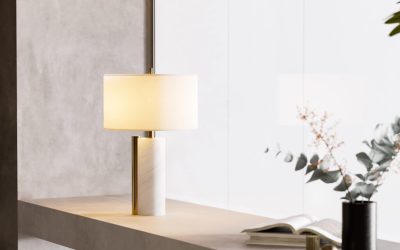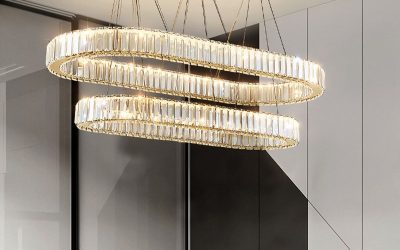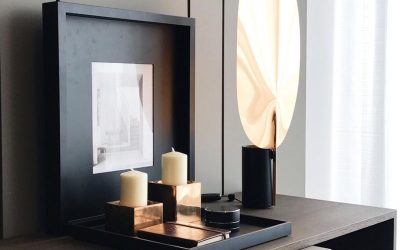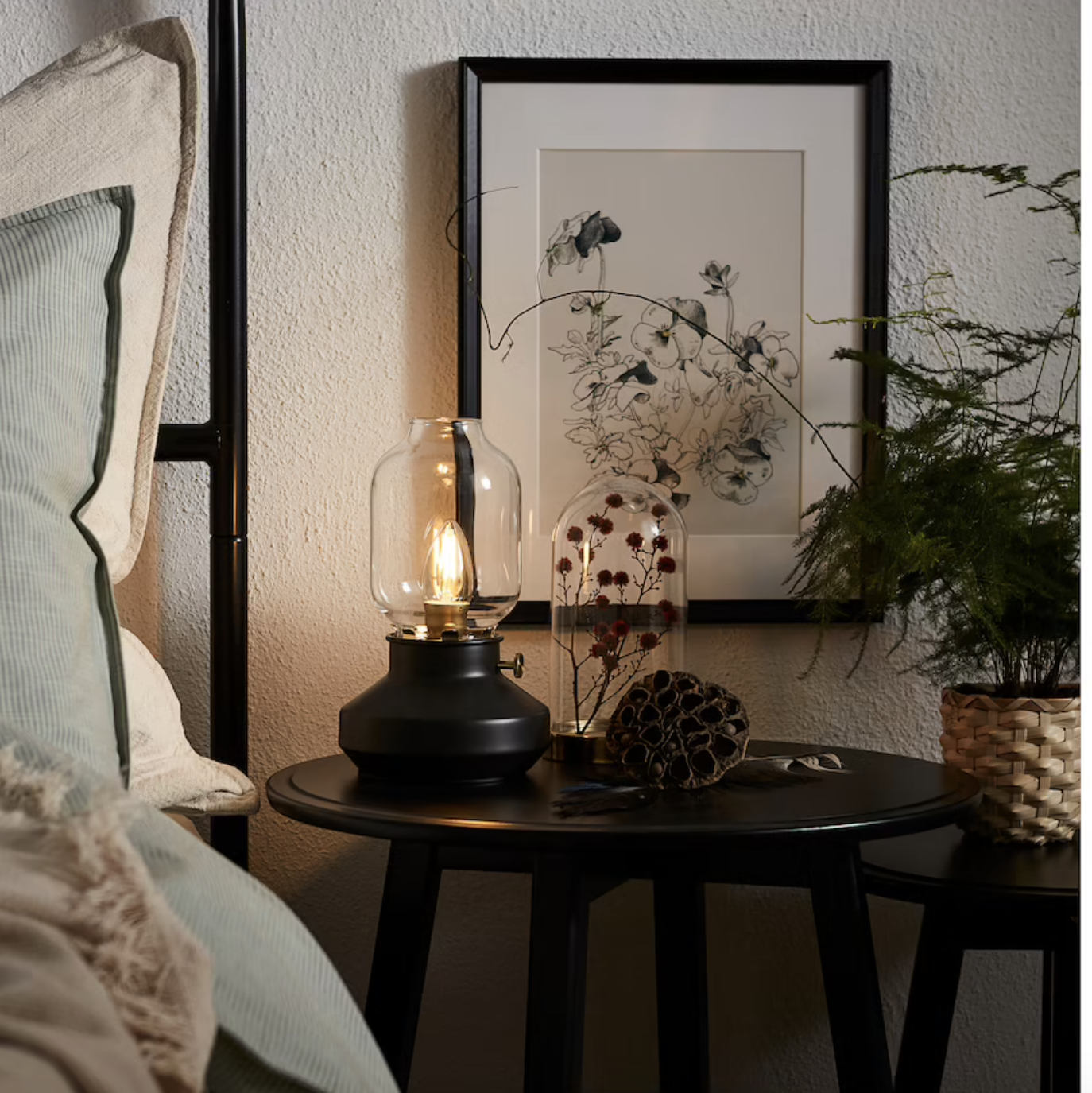Interior lighting plays a crucial role in the overall look and feel of a space. It has the power to transform a room, creating different moods and enhancing the design. One of the key elements of interior lighting is ceiling lamps. Ceiling lamps provide ambient lighting and can serve as statement pieces in a room. They come in various styles and designs, allowing you to choose the perfect one that complements your interior design. In this article, we will explore the importance of ceiling lamps, the different types available, how to choose the right bulbs, tips for creating ambience with ceiling lamps, positioning them effectively, using them as focal points, maximizing natural light, utilizing dimmers, maintaining them for longevity and efficiency, and incorporating them into your interior design.
The Importance of Interior Lighting: Why Ceiling Lamps Matter
Ceiling lamps are an essential component of interior lighting as they provide ambient lighting to a room. Ambient lighting is the general illumination that fills a space and allows for easy movement and visibility. Ceiling lamps can enhance the overall design of a room by adding a touch of elegance or creating a focal point. They can also help to define different areas within a space, such as a dining area or a seating area in a living room.
Ceiling lamps come in various styles and designs, allowing you to choose one that complements your interior design. Whether you prefer a modern and sleek look or a more traditional and ornate design, there is a ceiling lamp out there for you. The right ceiling lamp can tie together the entire room and create a cohesive look.
Understanding the Types of Ceiling Lamps: Which One is Right for You?
There are several types of ceiling lamps to choose from, each with its own unique style and purpose. Some popular types include chandeliers, pendant lights, flush mounts, and semi-flush mounts.
Chandeliers are often seen as luxurious and elegant lighting fixtures. They typically feature multiple arms or branches with light bulbs attached to them. Chandeliers are often used in dining rooms, entryways, or grand living rooms to create a statement piece and add a touch of glamour to the space.
Pendant lights are suspended from the ceiling by a cord, chain, or rod. They come in various shapes and sizes, making them versatile for different spaces. Pendant lights can be used as task lighting over a kitchen island or as decorative lighting in a bedroom or living room.
Flush mounts are ceiling lamps that are mounted directly against the ceiling, without any space in between. They are ideal for rooms with low ceilings or for spaces where you want a more streamlined and minimalist look. Flush mounts can be used in any room of the house, from bedrooms to bathrooms to hallways.
Semi-flush mounts are similar to flush mounts but have a small gap between the fixture and the ceiling. This allows for more light to be emitted and creates a softer glow. Semi-flush mounts are often used in bedrooms, hallways, or smaller living spaces.
Choosing the Right Bulbs: How to Achieve the Perfect Glow
Choosing the right bulbs for your ceiling lamps is essential to achieve the perfect glow and create the desired ambiance in a room. There are several types of light bulbs available, including incandescent, halogen, fluorescent, and LED bulbs.
Incandescent bulbs are the traditional choice and emit a warm and soft light. However, they are not as energy-efficient as other options and have a shorter lifespan.
Halogen bulbs are similar to incandescent bulbs but are more energy-efficient and have a longer lifespan. They emit a bright and white light that is ideal for task lighting.
Fluorescent bulbs are known for their energy efficiency and long lifespan. They emit a cool and bright light that is often used in offices or commercial spaces.
LED bulbs are the most energy-efficient option and have the longest lifespan. They come in various color temperatures, allowing you to choose between warm or cool lighting. LED bulbs are versatile and can be used in any room of the house.
When choosing bulbs for your ceiling lamps, consider the desired brightness, color temperature, and energy efficiency. It is also important to check the maximum wattage allowed for your specific ceiling lamp to ensure you choose bulbs that are compatible.
Layering Your Lighting: Tips for Creating Ambience with Ceiling Lamps
Layering lighting is an important technique in interior design as it allows you to create different moods and ambiances in a room. Ceiling lamps can be used as one layer of lighting to provide general illumination, but they can also be combined with other types of lighting to create a layered effect.
To create ambience with ceiling lamps, consider adding additional sources of lighting such as floor lamps, table lamps, or wall sconces. These can provide task lighting or accent lighting to highlight specific areas or objects in a room. By combining different types of lighting, you can create a warm and inviting atmosphere or a bright and energetic space.
When layering lighting, it is important to consider the placement and intensity of each light source. Use dimmers to adjust the brightness of your ceiling lamps and other light fixtures to create the desired mood. This allows you to easily transition from bright and functional lighting during the day to soft and cozy lighting in the evening.
Positioning Your Ceiling Lamps: How to Highlight Your Space

The positioning of your ceiling lamps is crucial in highlighting different areas of a room and creating a balanced look. Consider the purpose of each area and how you want it to be illuminated.
In a dining room, for example, a chandelier positioned directly above the dining table can serve as a focal point and provide ample light for meals. In a living room, pendant lights can be positioned over a seating area to create a cozy and intimate atmosphere. In a bedroom, flush mounts or semi-flush mounts can be placed strategically to provide even lighting throughout the space.
When positioning your ceiling lamps, consider the height of the ceiling and the size of the room. A general rule of thumb is to hang a chandelier or pendant light about 30 inches above a dining table or kitchen island. For rooms with higher ceilings, consider using longer chains or rods to lower the fixture and create a more dramatic effect.
Creating a Focal Point: Using Ceiling Lamps as Statement Pieces
Ceiling lamps can serve as statement pieces in a room, adding visual interest and becoming a focal point. They can be used to draw attention to a specific area or object, such as a dining table or a grand staircase.
When choosing a ceiling lamp as a statement piece, consider the style and design of the room. A modern and sleek chandelier can add a touch of sophistication to a contemporary space, while an ornate and crystal chandelier can create a sense of luxury in a traditional setting.
It is also important to consider the size and scale of the ceiling lamp in relation to the room. A small pendant light may get lost in a large living room, while an oversized chandelier may overwhelm a small dining area. Choose a ceiling lamp that complements the size and proportions of the room to create a balanced and harmonious look.
Maximizing Natural Light: How to Complement Your Ceiling Lamps
Natural light is an important element in interior design as it brings warmth and brightness to a space. When using ceiling lamps, it is essential to maximize natural light and use it to complement your lighting scheme.
Position your ceiling lamps strategically to take advantage of natural light sources such as windows or skylights. This allows you to create a seamless transition between natural and artificial lighting throughout the day.
Consider the direction and intensity of natural light in a room. North-facing rooms tend to have cooler and softer light, while south-facing rooms receive more direct sunlight and have warmer and brighter light. Adjust the positioning and intensity of your ceiling lamps accordingly to create a balanced and harmonious lighting scheme.
The Role of Dimmers: How to Adjust Your Lighting for Different Occasions
Dimmers play a crucial role in adjusting the lighting for different occasions and creating the desired mood in a room. They allow you to control the brightness of your ceiling lamps and other light fixtures, providing flexibility and versatility.
By using dimmers, you can easily transition from bright and functional lighting during the day to soft and cozy lighting in the evening. Dimmers also allow you to create a romantic or intimate atmosphere for special occasions or gatherings.
When installing dimmers for your ceiling lamps, make sure they are compatible with the type of bulbs you are using. LED bulbs are often recommended for use with dimmers as they are more energy-efficient and have a wider dimming range.
Maintaining Your Ceiling Lamps: Tips for Longevity and Efficiency
Maintaining your ceiling lamps is essential for their longevity and efficiency. Regular cleaning and dusting can help to keep them looking their best and prevent dust buildup that can affect their performance.
When cleaning your ceiling lamps, make sure to turn off the power and let them cool down before handling them. Use a soft cloth or duster to remove dust from the surface of the lampshade or fixture. For more stubborn dirt or stains, use a mild cleaning solution or glass cleaner.
It is also important to check the bulbs regularly and replace them when they burn out. This ensures that your ceiling lamps are always providing optimal lighting.
Enhancing Your Décor: How to Incorporate Ceiling Lamps into Your Interior Design
Ceiling lamps can be incorporated into different interior design styles to enhance your décor. Whether you have a modern, traditional, or eclectic style, there is a ceiling lamp out there that can complement your design.
In a modern or minimalist space, choose ceiling lamps with clean lines and simple designs. Opt for materials such as metal or glass for a sleek and contemporary look.
In a traditional or vintage-inspired space, consider chandeliers or pendant lights with ornate details and intricate designs. Look for materials such as crystal or brass to add a touch of elegance and sophistication.
In an eclectic or bohemian space, mix and match different styles and designs of ceiling lamps to create a unique and personalized look. Combine chandeliers with pendant lights or mix different types of ceiling lamps in the same room for an eclectic and whimsical feel.
Ceiling lamps play a crucial role in interior lighting, providing ambient lighting and enhancing the overall design of a room. They come in various styles and designs, allowing you to choose the perfect one that complements your interior design. By understanding the different types of ceiling lamps, choosing the right bulbs, layering lighting, positioning them effectively, using them as focal points, maximizing natural light, utilizing dimmers, maintaining them for longevity and efficiency, and incorporating them into your interior design, you can create a well-lit and visually appealing space that reflects your personal style. So go ahead and explore the world of ceiling lamps to transform your home into a beautifully illuminated sanctuary.

